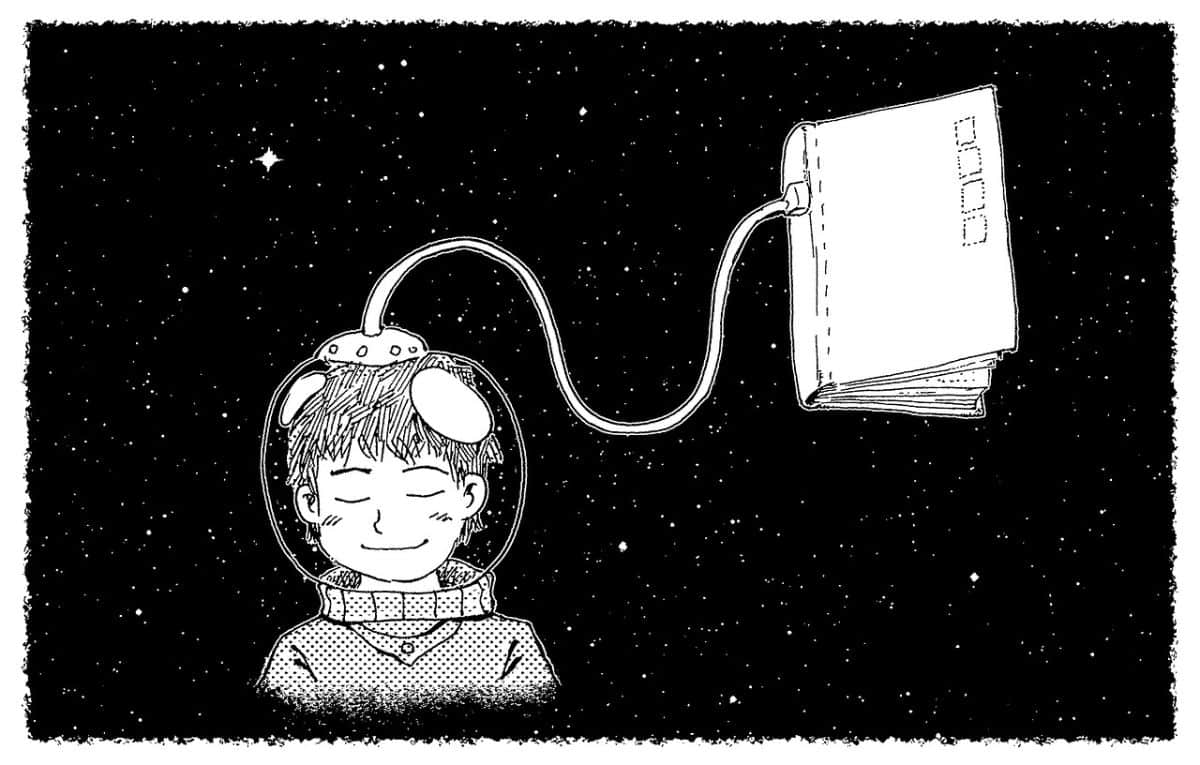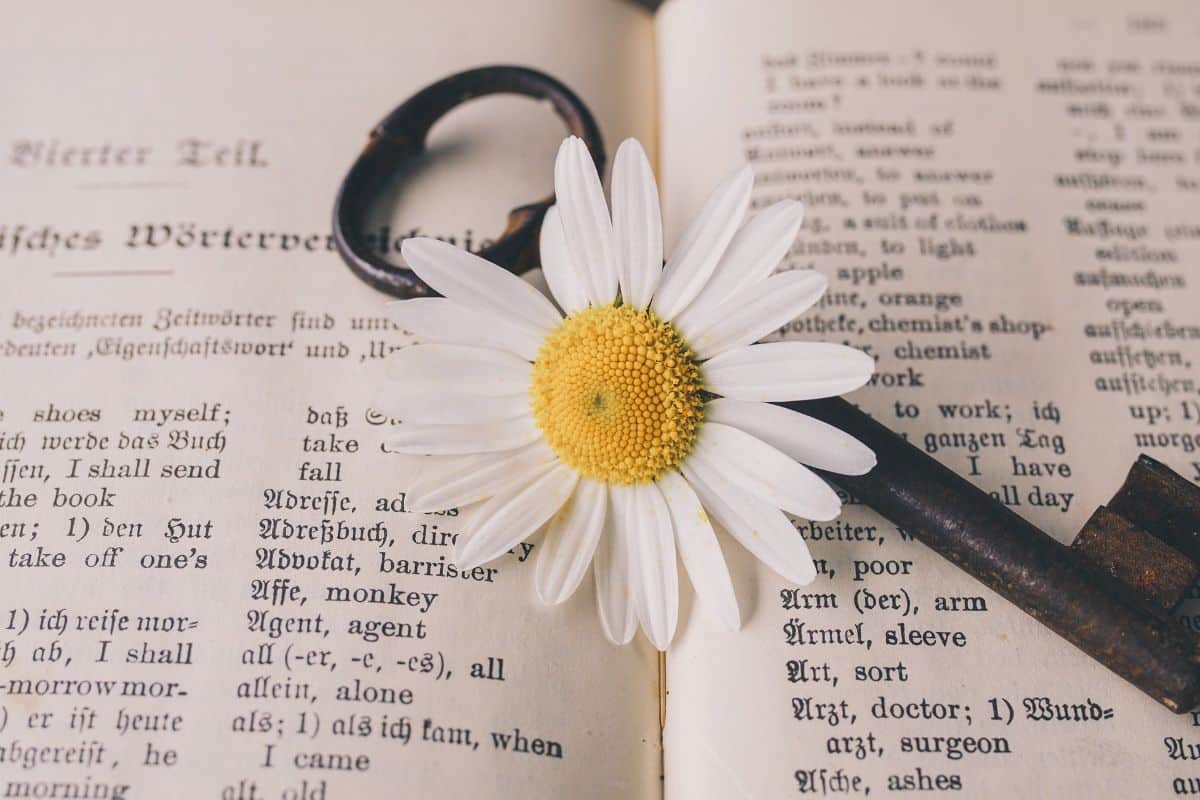
It is possible that, when we hear the word "story", you usually think of children, childish. But actually, a story does not have a genre and even less a specific audience. You can also find stories for adults. And therefore, knowing how to write a short story can be important.
Whether it's because you've seen a contest, because you want to write a book of short stories, or simply because you want to try and see how it works for you, here are the most common guidelines that you should keep in mind.
Short story… what is its length?

The truth is that there is a lot of confusion about the length of a short story. More than 500 words? Less than 1000? How many in all?
Generally, You can see a short story as a short story and these usually do not exceed 750 words. When it does, they are no longer considered short stories, but just stories (and, as we told you, it can be for children, adolescents or adults, it has no age limit other than the one you mark in the story).
Tips for writing a short story

If you have come this far because you want to know how to write a short story, we are not going to keep you waiting. Here are the most common guidelines to keep in mind:
go to the concrete
We are talking about a short story. And 750 words maximum. In that space you can't get involved with topics such as descriptions or delve into the thoughts of the protagonists. You have to go and tell the story as condensed as possible, emphasizing only what is important to be able to start it, create a climax and obtain the outcome. And all that in those words.
Look for the idea... and take it to the minimum expression
Normally, when an idea occurs to you, you usually develop it in your mind, or on a piece of paper, and it can occupy you more or less. But in the case of the story you don't have space for it. So, you have to focus it in an instant, on something that is truly important.
For example, imagine you've come up with the idea of a family going to an amusement park and having a great time. The most normal thing is that when you develop the idea, many more than 750 words will go away.
Now, if we focus only on one important part, it could look like: And the family got on the last attraction. The children were expectant watching how they went up and up until they reached the maximum point. And there, in the distance, they could see their little house.
As you see, is focused on a single moment, the one that is most important for the objective of your short story (in this case it could be the family).
appeal to feelings
Having little margin in short stories, sometimes connecting with the reader is much more complicated because we tend to write as if it were a summary of a story.
Instead, If you manage to show what is happening in his mind, you will be connecting much better, because they will not only know what they read, but they will imagine many more things and that will help you to get a better idea of that story.
Using the example above, if you notice, we haven't said what attraction it is. But yes we have given the feeling that it is slowly rising and then stops. That makes us think of a Ferris wheel or something similar (it is normal to think of it). And the fact that it stops at the peak makes it clearer. But we have not wasted words to say it, but we have let the reader show in his mind the type of attraction.
keep the structure
If you are a beginner when it comes to making a short story we do not recommend you to leave the basic structure, that is to say: introduction, middle and outcome.
As you gain experience, you will change and you can even create a denouement before the introduction, or go directly to the middle and denouement. But, as we tell you, this is not easy to do at first (to do it, yes, but make sense and not attract attention).
For example, the one we have put before would have introduction into the family who rides the latest attraction; the knot would be the wait until reaching that point, the nerves of children (even if it is not said, it can be understood); Y the end the arrival to that place and to be able to see from above the house in which they live.
Now, what if we only focused on the middle and end? Well, something like this would remain: That bitter wait, the seconds that turn into minutes, and these into hours until reaching that dreamed maximum point. And there, in the distance, the house... our house.
What if we did something that started from the outcome? It could be something similar to: “observe the white fence, the path to the front door, that hall that has so many stories to tell. But the best thing would be hugs. The family sees all of this and more in that last attraction in the park, the one that takes them to the top to have impressive views of their town and, with them, their long-awaited home.
There the whole structure has changed. And that can be done with practice, first writing with the structure, and then turning it around.
keep the suspense
In a short story the suspense is the most important because it is what the readers stay to read until the end. Being short, you have to catch them with the first sentences and that's why they have to maintain that intrigue.
To make it easier for you to understand. If in our example we had put at the beginning that the family rides the attraction to see their house from the heights We take all the fun out of the story.
Don't forget the title

Every short story needs to have a title. The problem is that we always leave that for the end and we don't think much about it; despite the fact that it is a very important part (it is what will capture the reader).
Take the opportunity to be creative in it, to try to find what best defines that short story.
Now all you have to do is practice. You have the basics of how to write a short story and the tools to do it. So get to work.
Very grateful, the indications are precise, I will put them into practice. Greetings